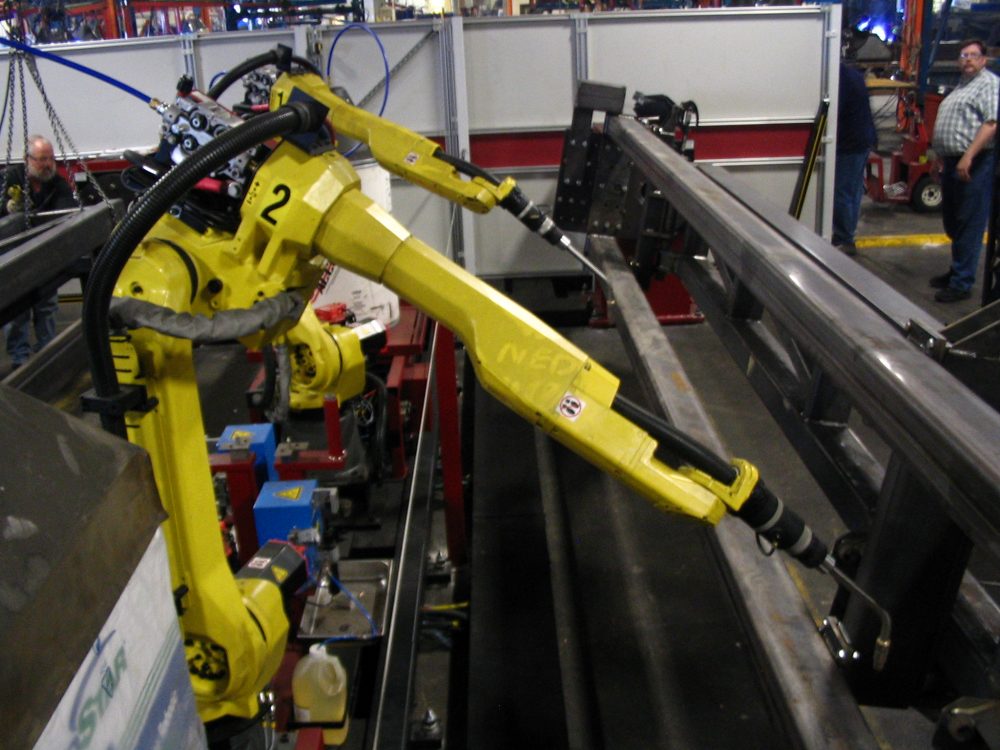Prior to the age of modern automation which kicked off in the 1960s, engineers dealt with so much wire as to make quick upgrades to manufacturing processes very difficult. Rewiring an entire machine or plant was too time-consuming. It was then that the idea for Programmable Logic Controllers (PLCs) came along. With the wireless revolution, the opportunity has come to again significantly reduce the amount of wires in a typical manufacturing plant.
Intelligent Communication Applications & Wireless Technology
When discussing intelligent communication applications, the two main types are wireless and wired, with the bulk of new technology concerned with the former. Wired communications will continue to see innovations such as new intelligent multimedia communication techniques and applications, but ultimately wireless communications will be more and more common.
With wireless communications being relatively new, there is a lot of innovation occurring. For example, the new DSRC (Dedicated Short Range Communication) system uses wireless communication technologies to provide ITS (Intelligent Transport Systems), RVC (Road-to-Vehicle Communications), and IVC (Inter-Vehicle Communication) and more.
With the emerging Internet of Things (IoT), and the Internet of Industrial Things (IIoT) and the billions of sensors that will be used to collect information from everything everywhere, intelligent communication modules for wireless biosensor networks will become common.
Intelligent communication applications are also being built to work in corrosive and heavy industry applications where intelligent valve communications and control for linear applications are required.
According to Electronic Design, the wave of automation sweeping over the world and all industries will require communications between machines, computers, and robots to manage their movements and decision-making capabilities. For these systems to work, large amounts of information are needed in order to improve productivity, decision-making, and more. Key to ramping up the effectiveness of intelligent communication applications will be their integration with artificial intelligence (AI) as it continues to advance.
The following video explains Cisco’s Factory Wireless and Location-Based Services that helps companies better manage aerials, people, and products whether in the supply chain or in the plant. Advantages, according to Cisco, include: “improved processes, reduced downtime, waste cutting, and higher profits.”







